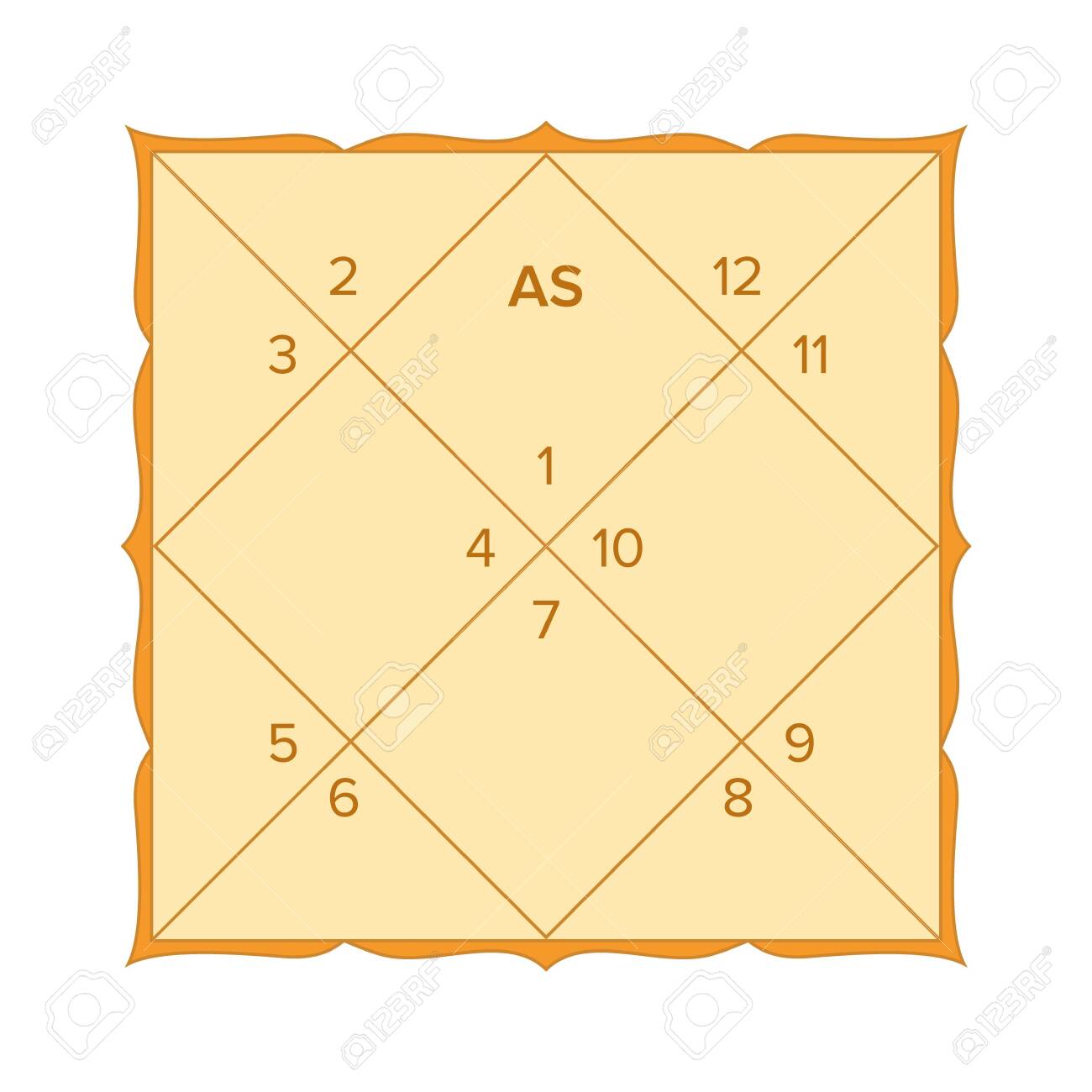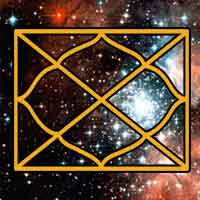


While synchronically, the two systems are identical, Jyotiṣa uses primarily the sidereal zodiac (in which stars are considered to be the fixed background against which the motion of the planets is measured), whereas most Western astrology uses the tropical zodiac (the motion of the planets is measured against the position of the Sun on the Spring equinox). Vedic (Jyotiṣa) and Western zodiacs differ in the method of measurement. Each twelfth part (of 30 degrees) is called a sign or Rasi (Sanskrit : ‘part’). The Nirayana, or sidereal zodiac, is an imaginary belt of 360 degrees, which, like the Sayana, or tropical zodiac, is divided into 12 equal parts. Each sign was divided in three more strata called “charna” similar to decanates of Western astrology. There are sixteen Varga (Sanskrit : varga, ‘part, division’), or divisional, charts used in Hindu astrology : Rasi in Hindu Astrology – Zodiacal SignsĪround 2500 BC many extant texts were written by sages such Agastya and Bhrigu. Practice relies primarily on the sidereal zodiac in this kind. The foundation of Vedic astrology is the notion of bandhu of the Vedas, (scriptures), which is the connection between the microcosm and the macrocosm. Early jyotiṣa is concerned with the preparation of a calendar to fix the date of sacrificial rituals. Nothing is written on planets. There are mentions of eclipse causing “demons” in the Atharvaveda and Chandogya Upaniṣad, the Chandogya mentioning Rahu. In fact the term graha, which is now taken to mean planet, originally meant demon. The Ṛigveda also mentions an eclipse causing demon, Svarbhānu, however the specific term of “graha” becomes applied to Svarbhānu in the later Mahābhārata and Rāmāyaṇa. Jyotisa is one of the Vedanga, the six auxiliary disciplines used to support Vedic rituals. Jyotisha (or Jyotishyam from Sanskrit jyotissa, from jyotis- “light, heavenly body”) is the traditional Hindu system of astrology, also known as Vedic astrology. Vedanga Jyotisha is one of the earliest texts about astronomy within the Vedas. However, historical documentation shows that horoscopic astrology in the Indian subcontinent came from Hellenistic influences, post-dating the Vedic period.


 0 kommentar(er)
0 kommentar(er)
